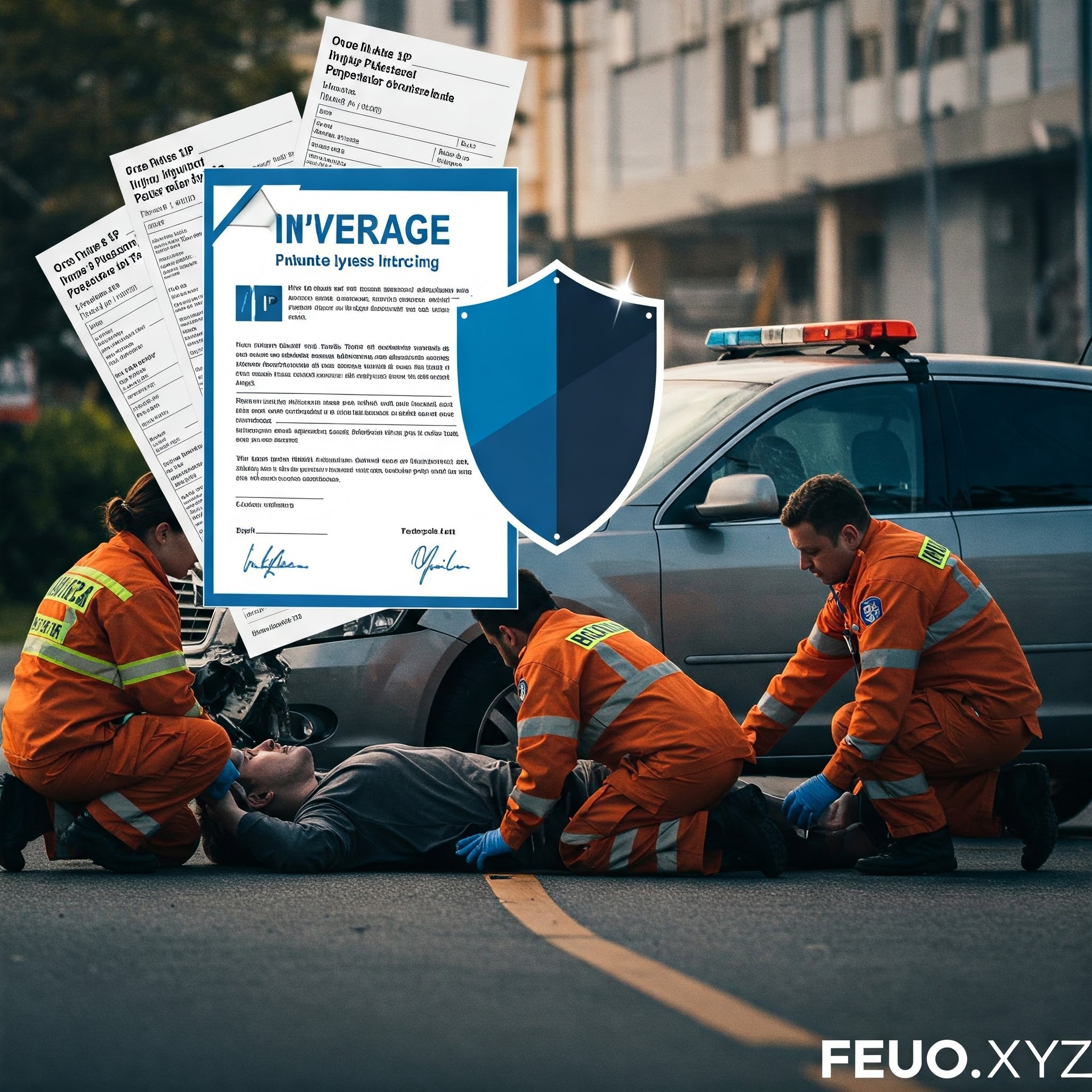Introduction
Imagine getting into a car accident and worrying about medical bills, lost wages, and other expenses. Even with health insurance, there could be gaps in coverage. This is where Personal Injury Protection (PIP) comes in.
PIP is an essential part of auto insurance that helps cover medical expenses and lost wages, regardless of who caused the accident. It ensures that you and your passengers receive immediate medical treatment without waiting for a legal settlement.
In this guide, you’ll learn what PIP is, why it’s important, its benefits, how to get it, common challenges, and future trends in the insurance industry.
Understanding Personal Injury Protection (PIP)
What is PIP?
Personal Injury Protection (PIP) is an insurance coverage that helps pay for medical expenses, lost wages, and other costs resulting from a car accident. It is also known as “no-fault insurance” because it covers your costs no matter who was at fault for the accident.
Why is PIP Important?
- Accidents can happen anytime, and medical expenses can add up quickly.
- PIP ensures that medical bills, rehabilitation costs, and lost income are covered.
- It helps reduce financial stress during recovery.
Real-World Example
John was involved in a minor car accident. Though he wasn’t severely injured, he needed medical attention. His health insurance had a high deductible, but his PIP coverage helped cover his medical bills and lost wages while he recovered.
Key Benefits of PIP
1. Covers Medical Expenses
PIP pays for hospital bills, doctor visits, surgeries, and rehabilitation.
2. Covers Lost Wages
If you’re unable to work due to injuries, PIP provides compensation for lost income.
3. Covers Funeral Expenses
In case of a fatal accident, PIP can help cover funeral and burial costs.
4. Covers Essential Services
If you need help with daily activities like housekeeping or childcare due to injuries, PIP can assist.
5. No-Fault Coverage
You receive benefits regardless of who caused the accident, ensuring faster access to funds.
How to Get PIP Coverage
Step 1: Check If Your State Requires PIP
Some states, like Florida, Michigan, and New York, mandate PIP, while others offer it as an optional add-on.
Step 2: Determine Coverage Limits
Choose a PIP policy that covers medical expenses, lost wages, and additional benefits according to your needs.
Step 3: Compare Insurance Providers
Shop around for the best PIP coverage options. Compare costs, coverage limits, and customer reviews.
Step 4: Understand Your Deductible
A higher deductible lowers your premium, but it also means you pay more out-of-pocket before insurance kicks in.
Step 5: Bundle with Other Insurance
Bundling PIP with auto and home insurance can help you save money.
Common Problems & Solutions
Problem 1: High Premiums
- Solution: Increase your deductible or bundle policies to lower costs.
Problem 2: Denied Claims
- Solution: Ensure all paperwork is accurate and submit claims on time.
Problem 3: Limited Coverage
- Solution: Choose higher policy limits if you need extensive coverage.
Future Trends in PIP Insurance
1. Digital Claims Processing
More insurers are using AI and mobile apps to speed up claims approval.
2. Usage-Based Insurance (UBI)
Some companies offer PIP discounts based on driving behavior tracked by telematics devices.
3. Legislative Changes
States are constantly updating PIP laws. Stay informed to ensure compliance.
Conclusion & Final Thoughts
Personal Injury Protection (PIP) is essential for covering medical expenses, lost wages, and other costs after an accident. It provides financial security and peace of mind. To get the best coverage, compare policies, understand your state’s requirements, and choose the right deductible.
Want to learn more? Check with your insurance provider today!
FAQs
1. What is PIP and why is it important?
PIP is auto insurance coverage that helps pay for medical expenses, lost wages, and essential services after an accident.
2. How can beginners get PIP coverage?
Check your state’s requirements, compare insurance providers, and choose a policy with suitable coverage limits.
3. What are the best tools/resources for understanding PIP?
State insurance websites, insurance company blogs, and professional insurance advisors can provide helpful information.
4. What mistakes should be avoided when getting PIP?
Avoid choosing the lowest coverage limit, ignoring policy details, and not checking state laws.
5. Where can I learn more about PIP?
Visit official insurance websites, consult with an insurance agent, or read up-to-date insurance blogs.
Short Permalink: yourwebsite.com/pip-insurance-guide
Useful Links:
